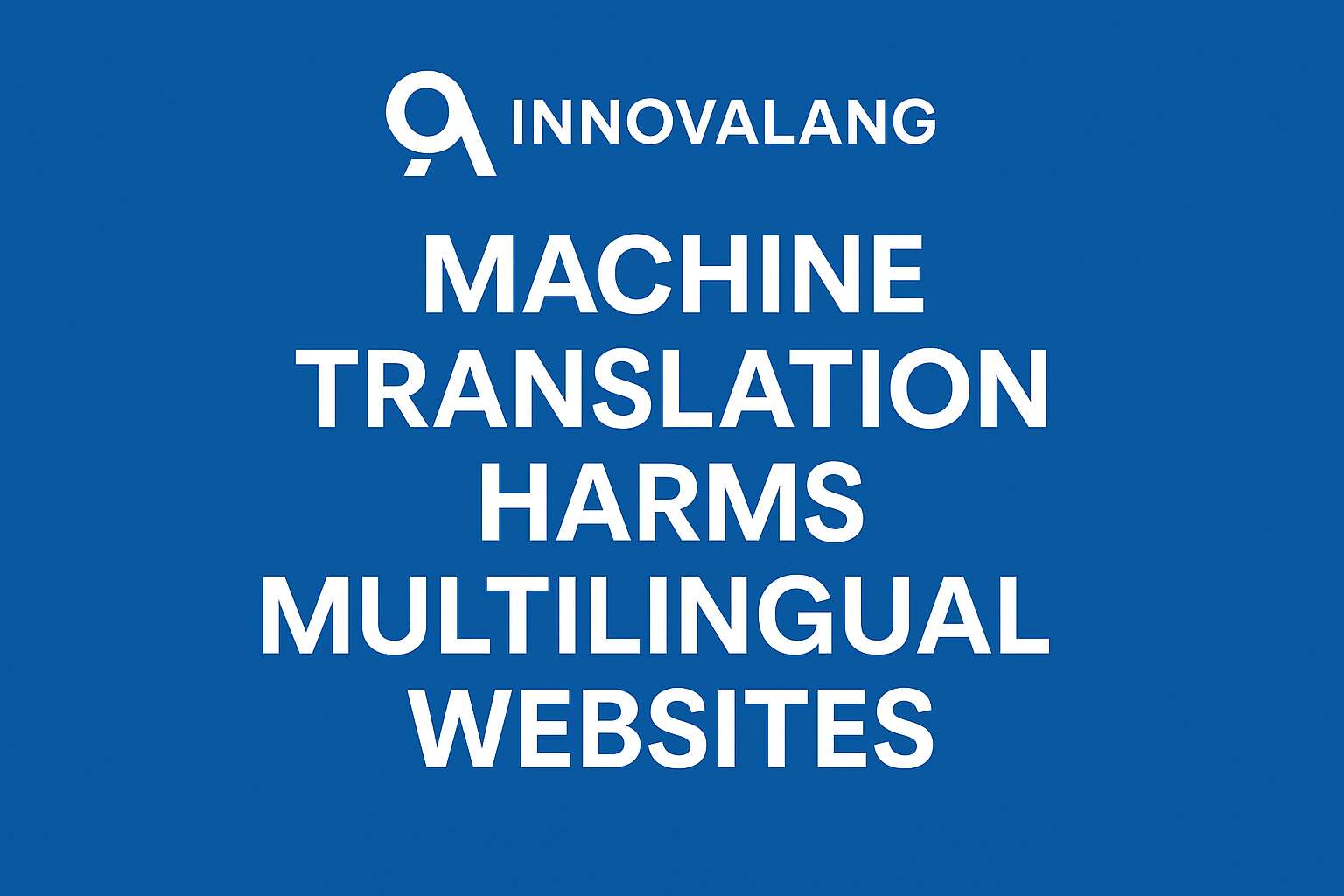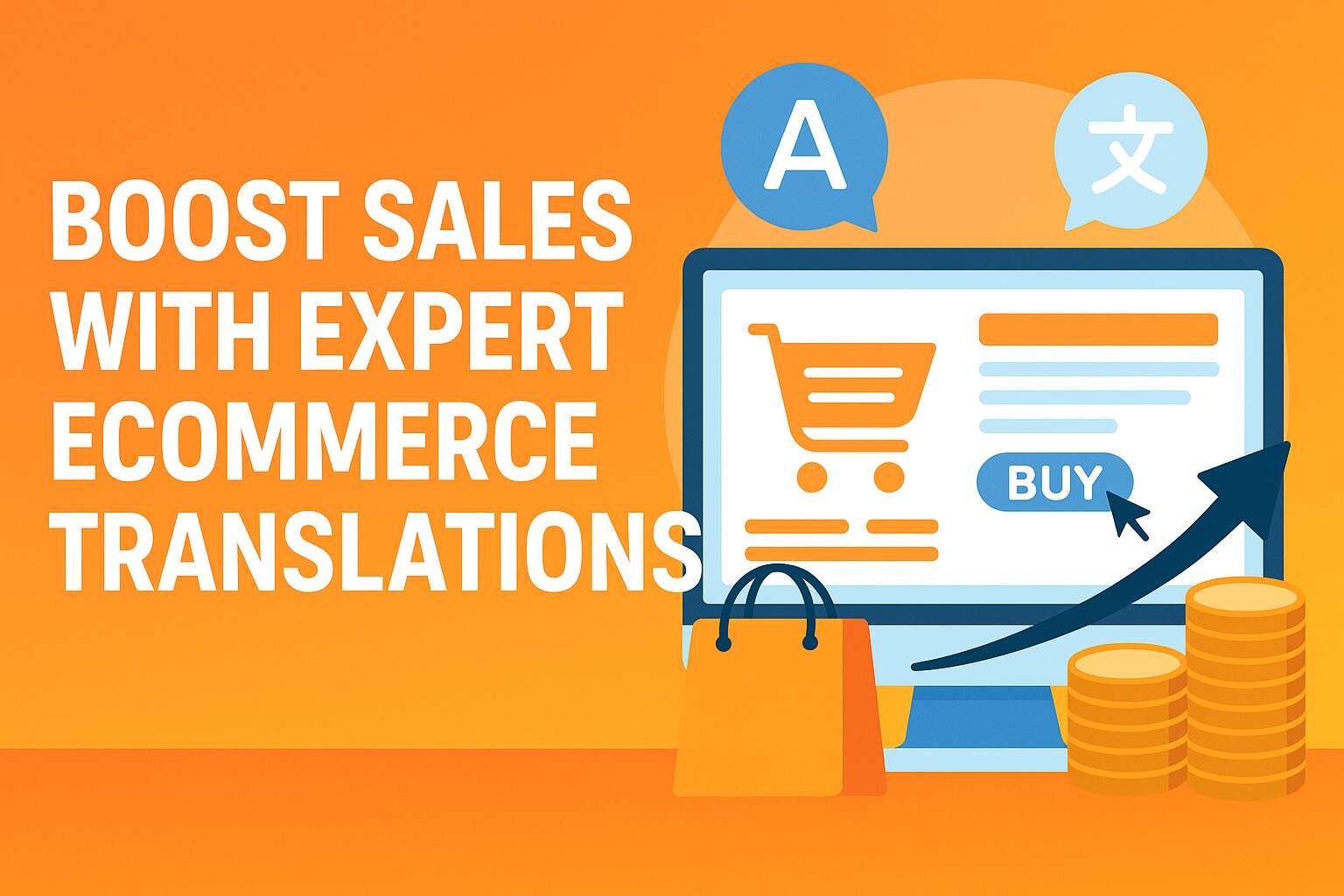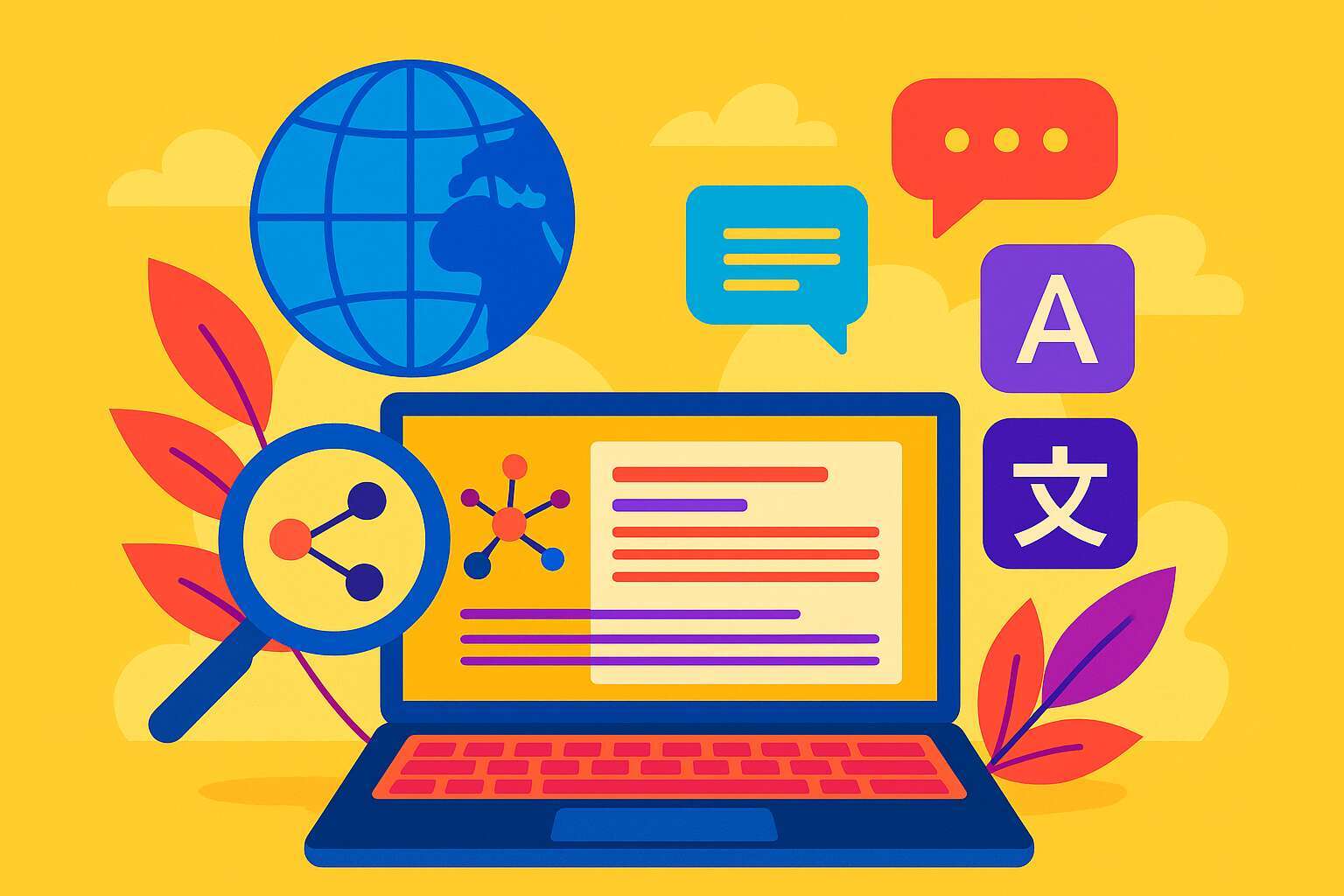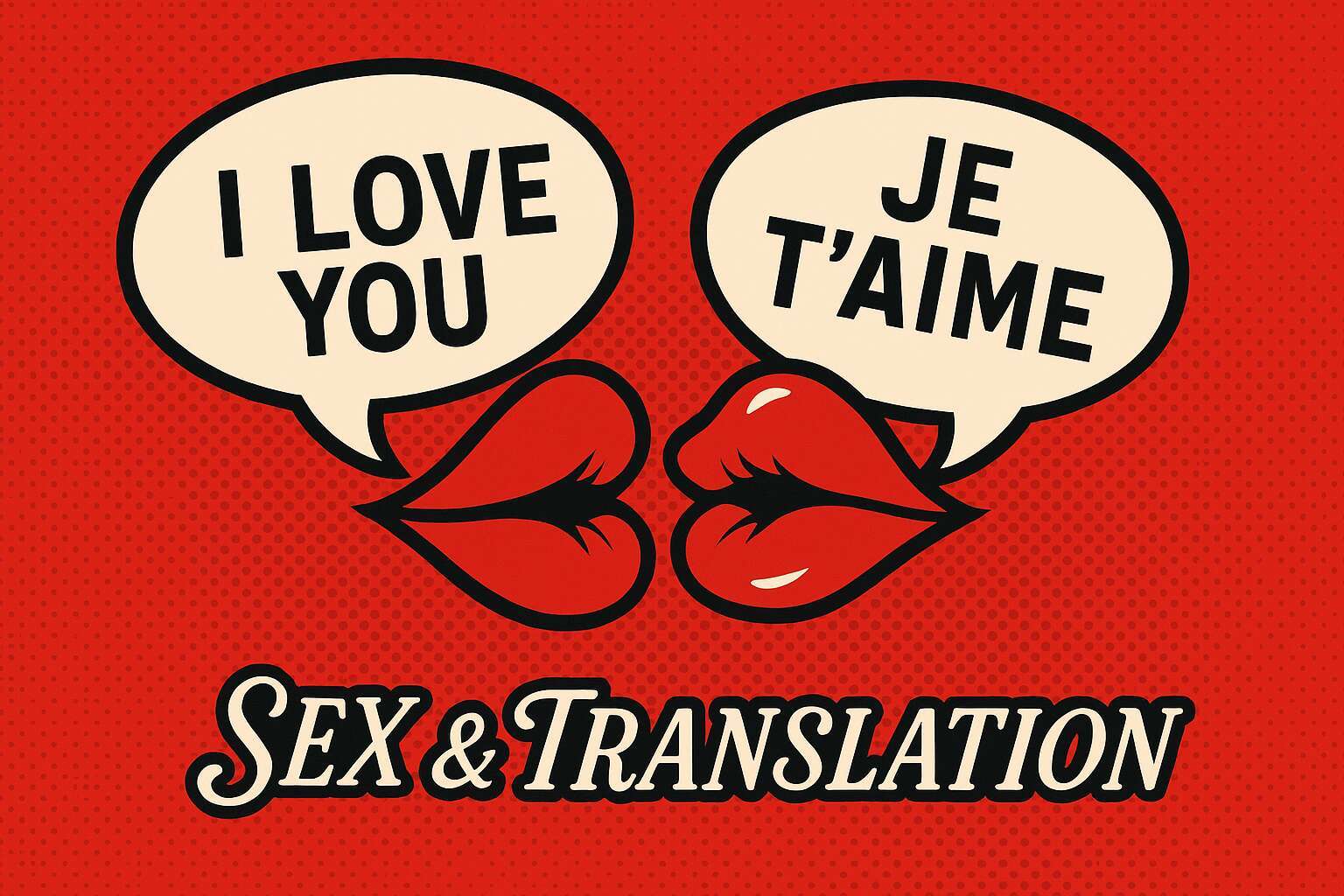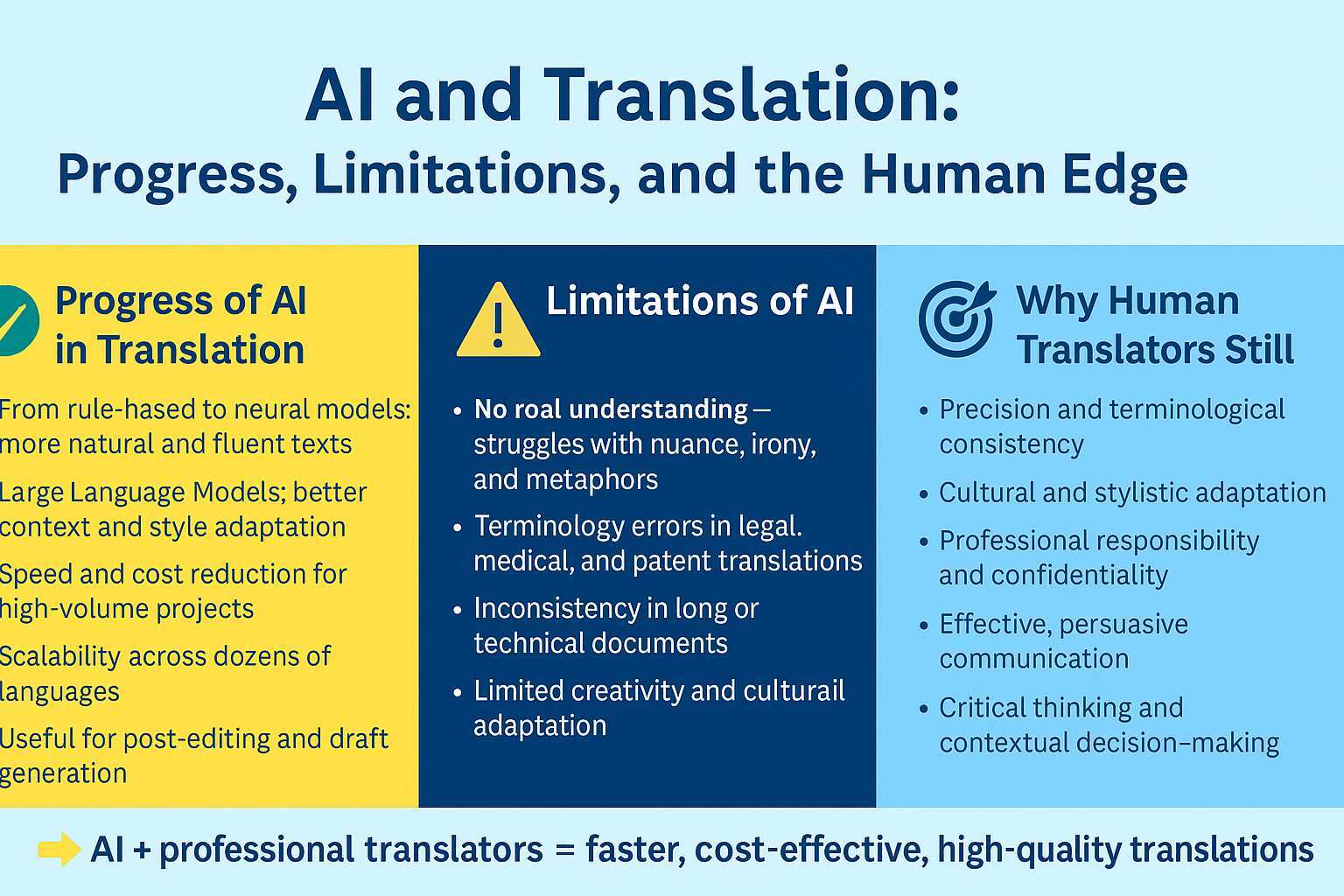Estimated Reading Time: 3 minutes
In recent years, many companies have turned to machine translation (MT) as a quick and seemingly cost-effective way to expand their websites into multiple languages. But here’s a harsh truth that may shock many digital marketing teams and managers: automated translation is damaging your website’s SEO—and Google confirms it.
In a revealing statement from Google’s own Webmaster Trends Analyst, John Mueller, during a recent interview (minute 6:52), clearly explains that content automatically translated and published without human review is considered “low-quality” by Google’s ranking algorithms.
Google Can Tell When You Use Machine Translation
It’s not just about detecting plagiarism or duplicate content anymore. Google’s indexing tools are now sophisticated enough to identify text generated by machine translation engines, regardless of whether you’re using Google Translate, DeepL, or any other platform. These tools flag such content as poor in quality, and this assessment directly impacts your website’s ranking in search engine results.
But here’s the kicker: the penalty doesn’t just affect the translated pages. The drop in perceived quality can impact the entire site, pulling down rankings across all languages and pages—even the original, well-written ones.
The Cost of Saving a Few Euros
Companies often underestimate the long-term consequences of cutting corners on translation. What seems like a budget-friendly choice—automatically translating an entire website—can undo thousands of euros invested in SEO consultancy, website development, and digital marketing campaigns.
And ironically, while Google Translate may have been the tool of choice for the translation, it’s also Google that flags and penalizes the resulting content. A paradox? Perhaps. But also a powerful reminder: automated translation is not a professional solution.
When Machine Translation Can Be Used
To be clear, machine translation has its place. It’s excellent for getting the gist of a foreign text, and it’s useful as a starting point for internal use or non-formal communication. But when it comes to publishing content intended to represent your brand, sell your products, or engage your global audience, relying solely on MT is a dangerous gamble.
There are some exceptions—very niche cases involving technical or scientific texts, where terminology is highly standardized. But even in those cases, the workflow must follow a strict MTPE+Review process:
-
Pre-revision of the source text before translation
-
Post-editing by a trained linguist to ensure formatting, consistency, and clarity
-
Final quality review by a professional translator
Only through this multi-step human-in-the-loop process can machine translation be harnessed for reliable results in professional contexts.
What Can You Do Now?
If you’ve already published auto-translated content on your website and are now concerned about the SEO damage, don’t panic—you’re not alone. Many businesses have taken this route, and it’s never too late to fix it.
And if you’re part of a web agency and often struggle to convince your clients to invest in professional translations, feel free to share this article with them. It might be just the eye-opener they need.

